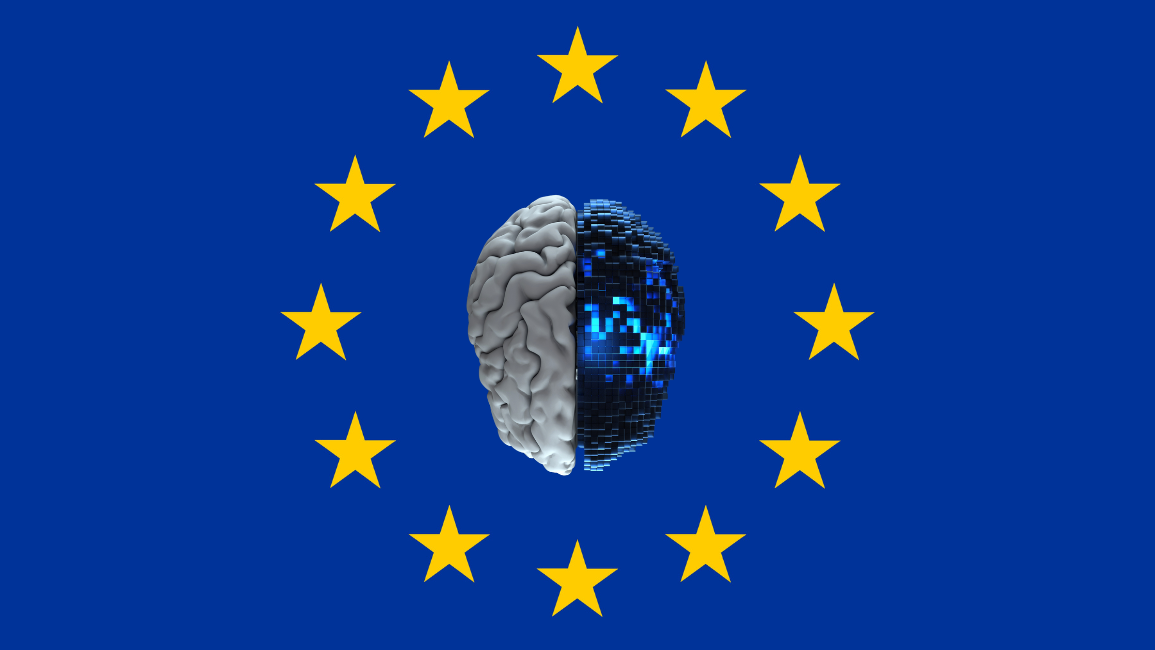In a rapidly evolving digital landscape, artificial intelligence (AI) has emerged as a transformative force with the potential to revolutionise industries and societies. The European Union (EU) has introduced the landmark EU Artificial Intelligence Act, recognising the importance of AI while acknowledging the need for ethical guidelines and regulations. This groundbreaking legislation aims to ensure the responsible development and deployment of AI technologies within the EU, setting a precedent for global AI governance.
Understanding the EU Artificial Intelligence Act
The EU Artificial Intelligence Act, proposed by the European Commission in April 2021, represents a significant step towards regulating AI systems and mitigating potential risks associated with their use. The Act seeks to balance fostering innovation and protecting EU citizens' fundamental rights and safety. It encompasses many AI applications, including high-risk and low-risk use cases, and establishes precise requirements and obligations for developers, users, and regulators.
Key Provisions of the EU Artificial Intelligence Act
- Definition of AI: The Act defines AI systems as software developed with one or more AI techniques that can significantly perform tasks that would otherwise require human intelligence.
- High-Risk AI Systems: The Act identifies high-risk AI systems, including those used in critical infrastructure, law enforcement, healthcare, and transportation. Developers of high-risk AI systems must adhere to strict requirements, such as conducting risk assessments, ensuring transparency and accountability, and implementing appropriate technical measures to mitigate risks.
- Data Governance: The Act emphasises the importance of data governance in AI development, requiring developers to use relevant, accurate, and representative high-quality data. It also mandates transparency regarding data sources and the processing methods used.
- Human Oversight: To safeguard against the potential negative impacts of AI systems, the Act emphasises the need for human oversight and intervention. Developers must implement human control and intervention mechanisms, particularly in high-risk use cases.
- Prohibition of Certain Practices: The Act prohibits harmful or discriminatory practices, such as AI-enabled social scoring systems, that infringe upon individuals' rights or undermine democratic processes.
- Enforcement and Penalties: To ensure compliance with the Act, competent authorities will be responsible for monitoring and enforcing its provisions. Non-compliance may result in significant penalties, including fines of up to 6% of a company's annual worldwide turnover.
Implications and Challenges
The EU Artificial Intelligence Act represents a significant milestone in AI regulation, providing much-needed clarity and accountability in an increasingly complex and fast-paced technological landscape. By establishing clear guidelines and obligations, the Act aims to foster trust and confidence in AI technologies among EU citizens and businesses.
However, implementing and enforcing the Act poses several challenges. One major challenge is accurately defining and identifying high-risk AI systems. The criteria for determining high-risk applications must be carefully calibrated to ensure they effectively capture potential risks without stifling innovation or imposing undue burdens on developers.
Additionally, ensuring cross-border compliance and coordination among EU member states will be essential for effectively implementing the Act. Harmonizing AI regulations across diverse regulatory frameworks and cultural contexts requires ongoing stakeholder collaboration and dialogue.
The Global Impact of the EU Artificial Intelligence Act
While the EU Artificial Intelligence Act primarily regulates AI systems within the EU, its implications extend far beyond European borders. As a global leader in technology regulation, the EU's approach to AI governance will likely influence international standards and norms regarding AI development and deployment.
Companies operating in the EU or seeking to access the European market must familiarise themselves with the Act's requirements and ensure compliance with its provisions. Furthermore, other jurisdictions may look to the EU's regulatory framework as a model for AI legislation, leading to greater consistency and coherence in global AI governance.
Conclusion
The EU Artificial Intelligence Act represents a significant milestone in regulating AI technologies. It sets clear guidelines and obligations for developers, users, and regulators. The Act aims to foster trust and confidence in AI technologies while safeguarding EU citizens' fundamental rights and safety by prioritising the responsible development and deployment of AI systems.
As the EU continues to refine and implement its AI regulatory framework, stakeholders must remain vigilant and proactive in adapting to evolving requirements and standards. By working collaboratively to address challenges and promote responsible AI innovation, we can harness the transformative potential of AI while mitigating its risks and ensuring its benefits are shared equitably across society.
Digital Transformation AI Artificial Intelligence Kore AI EU



